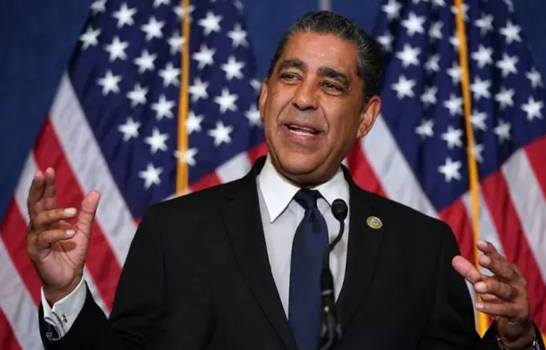One of the biggest concerns of environmentalists is air pollution. The new annual air quality report – produced by Swiss technology company IQAir – compiled the list by analyzing databases from more than 134 countries, territories and regions. Areas most affected by environmental pollution.
The results worried experts Only 9% of the more than 7,800 cities taken into account meet the WHO standard (WHO), which states that the current average level of fine particulate matter (or PM2.5) should not exceed 5 micrograms per cubic meter.
According to the results, 99 out of 100 cities with worst air pollution Located in Asia in the worldAnd out of them 83 regions are in India.
According to the report, all exceeded WHO air quality guidelines by more than 100%.
“Every aspect of our lives is affected by air pollution,” explained IQAir Global CEO Frank Hammes.
“Generally, in some of the most polluted countries, probably Eliminates three to six years of people's lives. Before that, there will be years of suffering that could have been completely prevented if we had better air quality,” he added.
Unfortunately, only 10 countries had “healthy” air quality: Finland, Estonia, Puerto Rico, Australia, New Zealand, Bermuda, Grenada, Iceland, Mauritius and French Polynesia. Similarly, WHO PM2.5 standards were met by only seven regions: Australia, Estonia, Finland, Grenada, Iceland, Mauritius and New Zealand.
The study analyzed data from more than 30,000 observatories at 7,812 locations in 134 countries.
The climate crisis plays a fundamental role in the decline of air quality around the world, which puts the health of billions of people around the world at risk. By inhaling large amounts of PM2.5, these particles enter the lung tissue and, therefore, the bloodstream. Because they come from sources like fossil fuels, storm surges, and wildfire ash, these microbes have been directly linked to heart and respiratory disease.
From IQAir they assured that it was “unlikely” that there would be a significant improvement in pollution levels in the region “without important changes in terms of energy infrastructure and agricultural practices”.
“What's worrying in many parts of the world is that things that cause outdoor air pollution sometimes cause indoor air pollution,” they added.
The data is alarming because of air pollution from fossil fuels It kills about 5.1 million people worldwide every yearAdded to the additional health problems it causes.
According to the World Health Organization, 6.7 million people die annually from the combined effects of ambient and indoor air pollution. The main generators of air pollution are soil, ash, smoke and aerosols.
Most polluted cities in the world
According to the report, Asia is the worst performing continent globally as it is home to four of the most polluted countries: Bangladesh, Pakistan, India and Tajikistan.
In turn, Begusarai – a city of half a million people in the northern Indian state of Bihar – was the world's most polluted city in 2023, with an average annual concentration of PM2.5 120 times higher than WHO values suggest. .
They are followed in the ranking by Guwahati, Delhi and Mullanpur located in the same country. That is why the south of the Asian continent is of special attention to experts, because 29 of the 30 most polluted cities are in India, Pakistan or Bangladesh.
In this way, the ranking of the worst countries in terms of air pollution levels is as follows:
Bangladesh: Environmental pollution values are 15 times higher than recommended by WHO.
Pakistan: Its pollution is 14 times higher than recommended.
India (which, in turn, has 83 of the most polluted cities): 10 times the WHO annual guideline.
Tajikistan: 9 times more than established by international organization.
Burkina Faso: 9 times the WHO annual PM2.5 guideline

:format(jpeg):focal(2668x1744:2678x1734)/cloudfront-us-east-1.images.arcpublishing.com/gfrmedia/L4TNIKFV2NFY3NYYXGWNAS35GU.JPG)


:quality(85)/cloudfront-us-east-1.images.arcpublishing.com/infobae/SH7O73KZCIBJOBPNNHNTWYOS3I.jpg)
